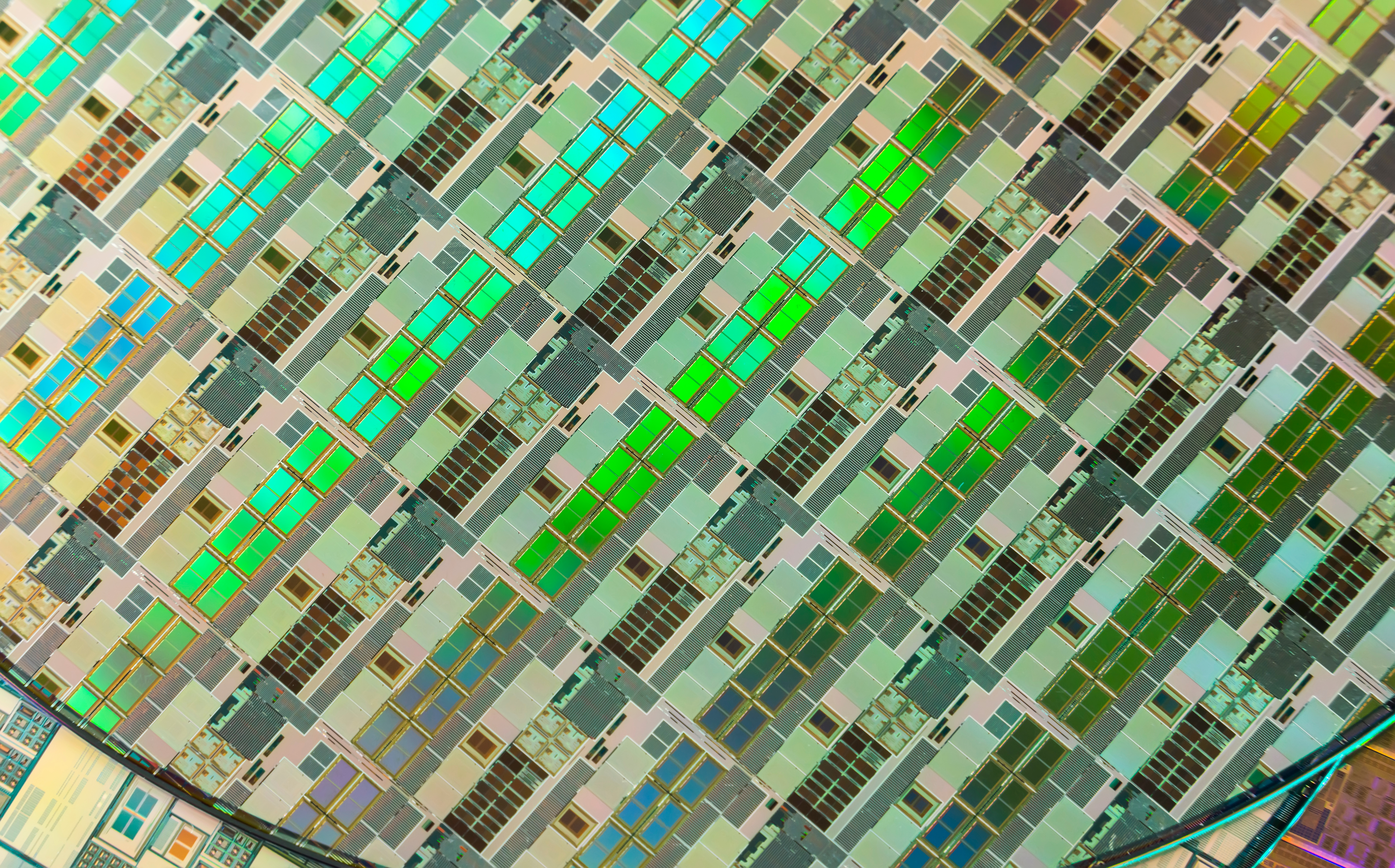Secondary Ion Mass Spectrometry (SIMS) imaging is a powerful technique to obtain information on the composition of solid surfaces, molecules, and other materials. It is a highly sensitive method that benefits many applications in materials science, biomedical science, environmental science, and the semiconductor industry. Within the science industry, SIMS imaging helps researchers obtain crucial information about materials, which is used to identify contaminants, understand drug products, and further research. Let’s take a look at how SIMS imaging works and some of the benefits it provides.
How Does SIMS Imaging Work?
SIMS Imaging directs a beam of primary ions at a sample, sputtering atoms and molecules characteristic of the sample material’s surface. The secondary ions ejected from the sample are charged, which enables them to be collected and analyzed with a mass spectrometer. Once collected, the secondary ions are used to characterize the composition of the surface material.

It is important to mention that the primary ions fired at the sample material will impact how the chemicals are detected. However, scientists can control the initial dosage of primary ions to limit any damage and other problems.
Applications of SIMS Imaging
Because of their high sensitivity, SIMS instruments are used in many industries to analyze the chemical and elemental composition of materials. SIMS imaging is beneficial to a range of sciences and the semiconductor industry. Below, we look at some of the most common applications.
- Battery Research
- Contamination
- Electronic Materials
- Nuclear Materials
- Pharmaceuticals
In these applications, SIMS can provide chemical imaging, elemental depth profiling, molecular cluster information, and molecular surface characterization. Although this list of applications is not exhaustive, the information obtained through SIMS can be used for further compound analysis and studies.
Advantages of SIMS Imaging
There are four primary advantages to using SIMS imaging. It obtains such valuable information through its high spatial resolution, allowing the analysis of small structures and complex materials. It is a highly sensitive and non-destructive technique and can detect trace amounts of contaminants or impurities without damaging samples. Finally, SIMS imaging is suitable for a wide range of materials, which is why it is a favoured tool in many industries and applications.
To summarise, the main benefits of SIMS imaging are high spatial resolution, high sensitivity, and suitability for a wide range of materials.
Hiden Analytical and SIMS Imaging Solutions
Hiden Analytical are specialists in quadrupole mass spectrometers, and we design, develop and manufacture these instruments for advanced research applications and process monitoring. We offer a range of SIMS imaging solutions for static and dynamic SIMS analysis, which includes the SIMS Workstation and the Compact SIMS.
Contact a member of our team today to learn more about Hiden Analytical’s SIMS imaging systems and the fields they are used in.

